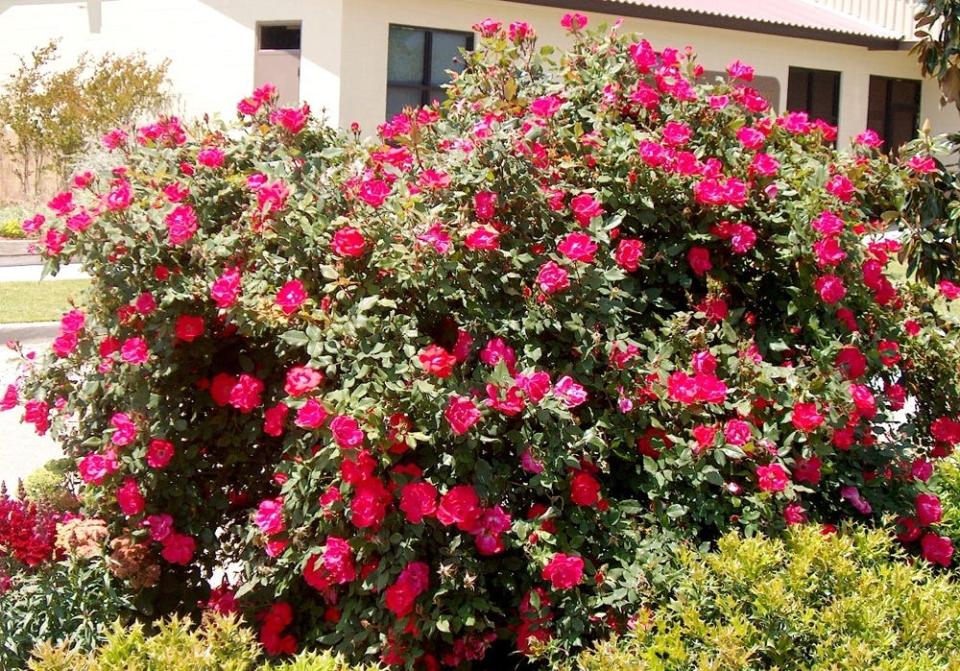A little work on your roses before winter will pay off in the spring
When it comes to providing protection to roses in winter, there are about as many techniques as there are rose varieties.
If you are growing grandifloras or floribundas you may have had success without winterizing because these roses tend to be fairly hardy. However, most gardeners agree that hybrid shrub roses need added protection.
Roses are damaged during the dormant season the following ways: direct injury to tops or roots from extreme cold temperatures; rapid temperature changes; heaving of soil which leads to root injury; mice or vole damage; and snow, ice and wind breakage.
Henderson news:Alarm for city’s alarm system was ringing loud and clear in 1997
Preparing roses to survive the winter should begin long before winter. When preparing planting beds, selecting the most winter hardy rose varieties is the best way to avoid winter damage. Keeping roses from becoming stressed before the dormant season is another important step.
You can reduce stress by irrigating adequately in late autumn and by ending fertilizer applications in late summer or early autumn.

Hybrid Teas, grandifloras, and floribundas should be winterized for protection after a killing frost but before the soil freezes. To reduce breakage by winter winds the canes should be cut back 30 to 36 inches.
Use a rake or leaf blower to remove loose mulch and leaves from your rose beds and remove all remaining leaves from the plant to reduce sources of re-infestation of black spot and other rose diseases. These leaves and the mulch should be disposed of in the trash rather than composted to prevent the spread of disease.
After you have cut back the canes and cleaned the beds, its time to protect the roots and crown. Opinions vary but it is generally recommended to apply mulch or mound soil into a hill at the plants base and cover six to 12 inches of the plant trunk. The main goal is that the crown and several inches above the crown are covered.
It is important that the rose has been subjected to cold temperatures and frost before mounding the soil as an earlier application may slow development of stem maturity and hardiness. Do not rake up soil from around the base of roses since this practice will exposed roots that can become damaged.
Next spring, when the plants start to put on new growth, remove the soil and mulch from around the plants. You may leave a two-inch layer of mulch on the rose bed. Cut back any canes or parts of canes that did not survive the winter. These precautions will not always ensure survival and prevent injury but they are often more successful than no winterizing at all.
One popular variety, the knockout rose, is quite winter hardy but protecting the roots and base would be beneficial. Taking a little time this fall to clean up and protect our roses will pay great dividends in the spring.
P. Andrew Rideout is the UK Extension Agent for Horticulture. You can contact him at pandrewrideout@uky.edu.
This article originally appeared on Henderson Gleaner: A little work on your roses before winter will pay off in the spring

